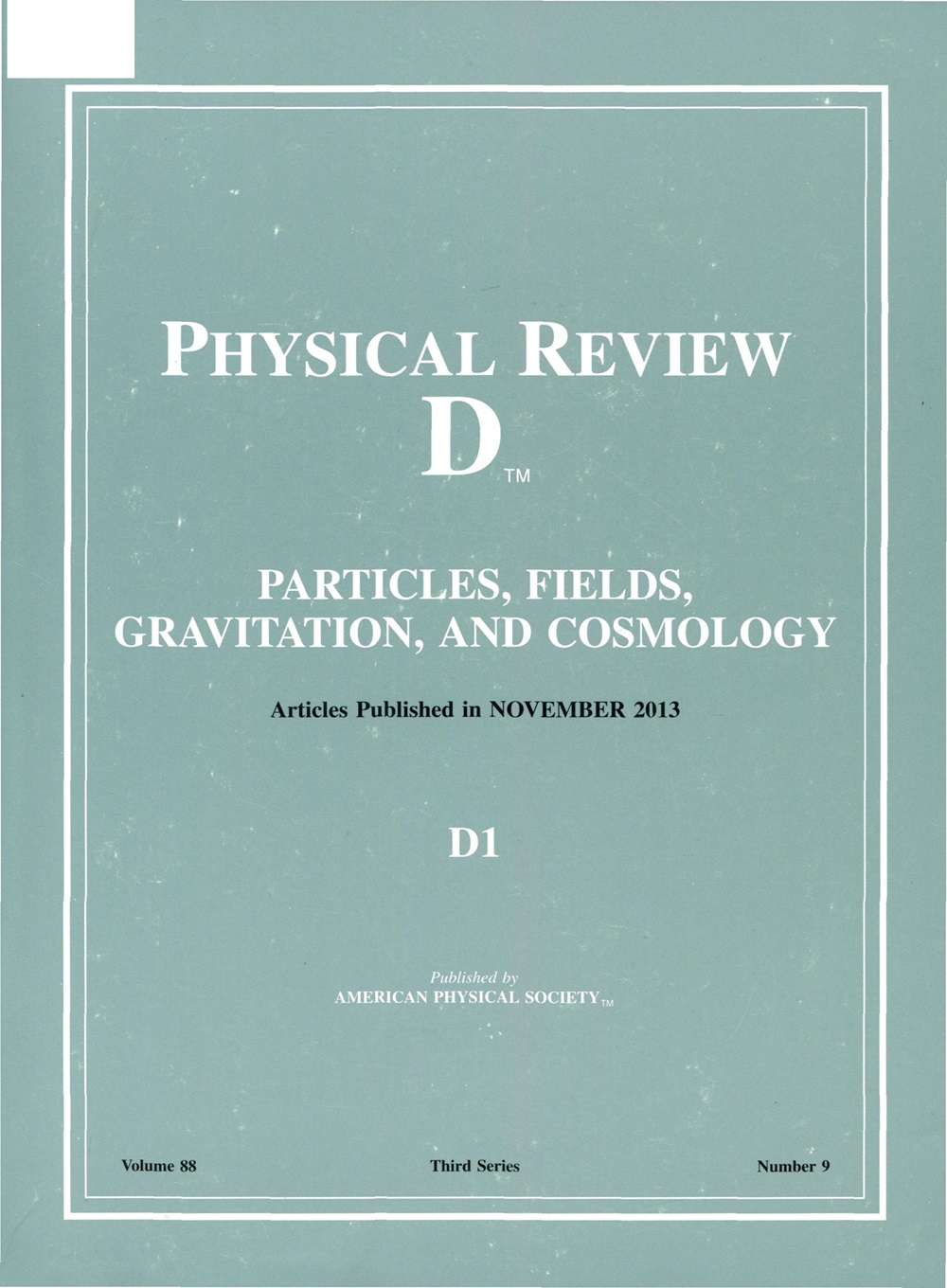Electroweak renormalization of neutralino-Higgs interactions at one loop and its impacts on spin-independent direct detection of Wino-like dark matter
IF 5
2区 物理与天体物理
Q1 Physics and Astronomy
引用次数: 0
Abstract
A Wino-like neutralino dark matter (DM) in the form of the lightest supersymmetric particle has been considered one of the popular paradigms that can naturally accommodate at a relatively higher scale, typically beyond the reach of the LHC. The constraint on the DM relic density typically implies a lightest neutralino mass ≃2TeV. Its observational signature through nuclear recoil experiments, specifically involving DM-nucleon spin-independent scattering, is not impressive, following its high masses and tiny Higgsino fractions. The theoretical calculations can be improved when we compute all the one-loop electroweak (EW) corrections to the three-point vertices for the neutralino (Wino)-Higgs interactions, which in turn boosts the DM-nucleon scattering cross sections through the standard model-like Higgs exchange. Importantly, we include the counterterm contributions. In addition, we incorporate the other next-to-leading order EW DM-quark and DM-gluon interactions present in the literature to calculate the DM-nucleon scattering cross sections. With the improved and precise theoretical estimates, DM-nucleon scattering cross sections may increase or decrease significantly by more than 100% compared to leading order cross sections in different parts of the parameter space.求助全文
约1分钟内获得全文
求助全文
来源期刊

Physical Review D
物理-天文与天体物理
CiteScore
9.20
自引率
36.00%
发文量
0
审稿时长
2 months
期刊介绍:
Physical Review D (PRD) is a leading journal in elementary particle physics, field theory, gravitation, and cosmology and is one of the top-cited journals in high-energy physics.
PRD covers experimental and theoretical results in all aspects of particle physics, field theory, gravitation and cosmology, including:
Particle physics experiments,
Electroweak interactions,
Strong interactions,
Lattice field theories, lattice QCD,
Beyond the standard model physics,
Phenomenological aspects of field theory, general methods,
Gravity, cosmology, cosmic rays,
Astrophysics and astroparticle physics,
General relativity,
Formal aspects of field theory, field theory in curved space,
String theory, quantum gravity, gauge/gravity duality.
 求助内容:
求助内容: 应助结果提醒方式:
应助结果提醒方式:


